
-
Find the right food for your petTake this quiz to see which food may be the best for your furry friend.Find the right food for your petTake this quiz to see which food may be the best for your furry friend.Featured products
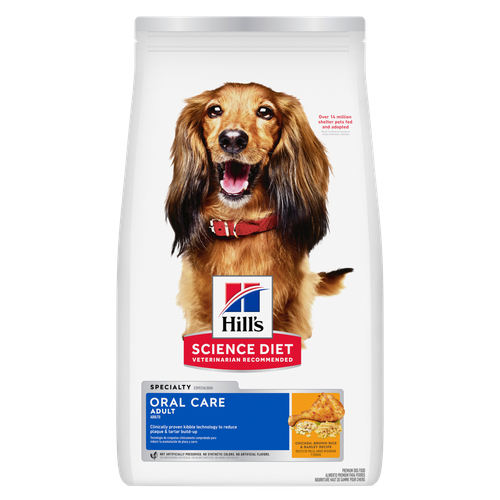 Hill's Science Diet Adult Oral Care Chicken, Brown Rice & Barley Recipe Dog Food
Hill's Science Diet Adult Oral Care Chicken, Brown Rice & Barley Recipe Dog FoodClinically proven kibble technology to reduce plaque & tartar build-up
Shop Now Adult 7+ Small & Mini Chicken & Brown Rice Recipe Dog Food
Adult 7+ Small & Mini Chicken & Brown Rice Recipe Dog FoodFor the unique nutritional needs of mature Small & Mini dogs
Shop Now Adult Small & Mini Lamb Meal & Brown Rice Recipe Dog Food
Adult Small & Mini Lamb Meal & Brown Rice Recipe Dog FoodFor the faster metabolism of Small & Mini dogs
Shop NowFeatured products Hill's Science Diet Adult Sensitive Stomach & Skin Dog Food
Hill's Science Diet Adult Sensitive Stomach & Skin Dog FoodHighly digestible recipe, gentle on stomachs. Nourishes skin & promotes a lustrous coat
Shop Now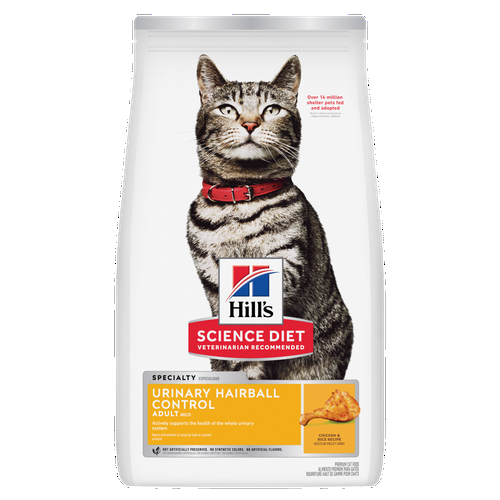 Adult Urinary Hairball Control Chicken & Rice Recipe Cat Food
Adult Urinary Hairball Control Chicken & Rice Recipe Cat FoodActively supports the health of the whole urinary system
Shop Now Adult Indoor Chicken Recipe Cat Food
Adult Indoor Chicken Recipe Cat FoodSupports energy level and beautiful fur in indoor cats
Shop Now -
Featured articles
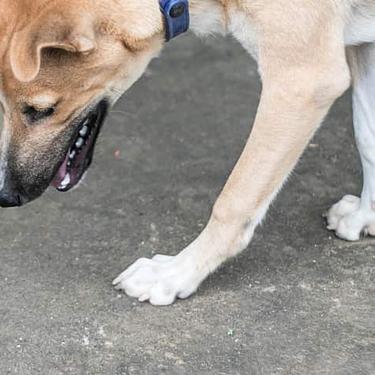 My Pet Ate a Lizard — What Should I Do?
My Pet Ate a Lizard — What Should I Do?Learn what to do if your pet eats a lizard, including whether they can be toxic and symptoms to keep an eye on when they've swallowed one.
Read More Easy DIY Dog & Cat Toys: Nine of Our Favorites
Easy DIY Dog & Cat Toys: Nine of Our FavoritesBrowse this comprehensive guide for several of our favorite DIY dog and cat toys that are sure to put a little pep in your pet's step.
Read More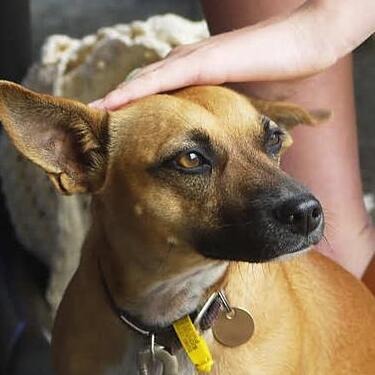 15 Pet-Friendly Cities Ideal for a US Road Trip
15 Pet-Friendly Cities Ideal for a US Road TripCheck out our list of pet-friendly U.S. cities that are excellent travel options, offering off-leash dog parks and pet-friendly restaurants & hotels.
Read More -


Uh oh! You accidentally left your purse out and your dog ended up chomping on a stick of gum he found buried at the bottom of the bag. Hopefully, you'll never find yourself in this situation but if you do, you'll need to act fast. Some gums contain xylitol, and xylitol in dogs can be life-threatening. Here's what to do if you think your dog may have eaten gum.
My Dog Ate Gum — Should I Be Worried?
It depends on the type of gum your dog ate. If he ate sugar-free gum, there's a definite cause for concern. Sugar-free gum contains xylitol, a sugar replacement used in many sugar-free foods; xylitol in dogs is toxic.
If the gum wasn't sugar-free, then there may be less concern, but
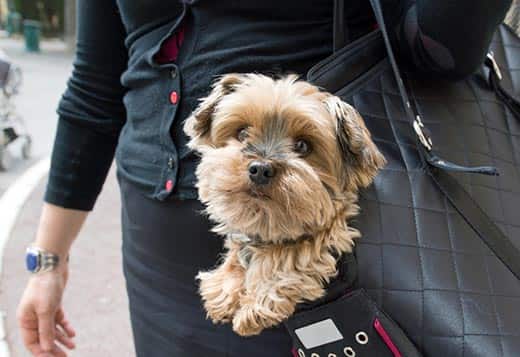
it's still a good idea to call their veterinarian just in case. You should also monitor your dog to make sure the gum makes its way through their system.
Symptoms of Xylitol Poisoning
As few as one or two sticks of some gums containing xylitol can be toxic to dogs of all sizes.
Cummings Veterinary Medical Center says the ingredient can cause a dangerous drop in blood sugar. The most serious cases can result in liver failure.
According to the FDA, xylitol in dogs can cause the following side effects:
- Vomiting
- Decreased activity
- Weakness
- Loss of coordination
- Collapse
- Seizures
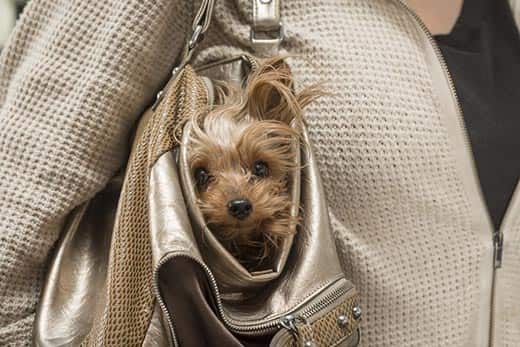
Xylitol isn't just found in gum — it's also used in candy, toothpaste, mouthwash and other sugar-free products. It can also be found in chewable vitamins, throat drops and throat sprays. To keep your pup safe, keep all food, candy, dental products and medicine out of their reach. An upper kitchen cabinet is a good place to keep these items from even the most inquisitive dogs. Be sure to keep bags, purses, coats and any other clothing or containers well out of their reach as well. A dog explores with their nose, so any open bag or pocket is an invitation for them to stick their head in and check it out.


Tasty Tips
What to Do If Your Dog Eats Gum
If you know that your dog has ingested gum with xylitol in it, bring them to their vet or an emergency vet clinic immediately. The vet may run blood tests to determine if your dog has decreased blood glucose levels and/or elevated liver enzymes.
If you're not certain whether or not your dog ate gum, it's best to err on the side of caution and contact the vet for advice.
You know your dog will eat nearly anything, so it's your responsibility as their pet parent to be vigilant and keep all human foods and other toxic items out of their reach. Your pup doesn't know better — it's up to you to protect their health and safety.


Erin Ollila believes in the power of words and how a message can inform—and even transform—its intended audience. Her writing can be found all over the internet and in print, and includes interviews, ghostwriting, blog posts, and creative nonfiction. Erin is a geek for SEO and all things social media. She graduated from Fairfield University with an M.F.A. in Creative Writing. Reach out to her on Twitter @ReinventingErin or learn more about her at http://erinollila.com.
Related products

For the faster metabolism of Small & Mini dogs

Clinically proven kibble technology to reduce plaque & tartar build-up

For the unique nutritional needs of mature Small & Mini dogs

Improves everyday ability to get up & go
Related articles
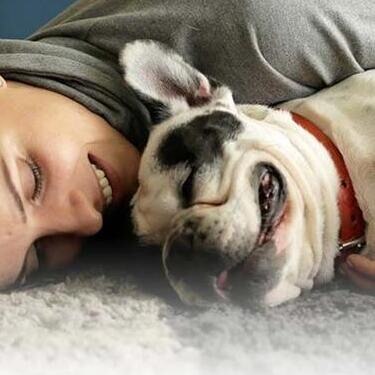
Your dog's coat and skin are a big part of your dog's overall health. Ensure you keep your dog's coat healthy, by following these simple tips.

Learn basic steps & precautions for treating a cut on your dog, including what you can put on the cut, and when you should take them to the vet.

Discover how the field of dog science is giving us more and more insights into the inner workings of our furry best friends.

Understand the role that Omega-6 and Omega-3 fatty acids play in your dog's overall health, and how you can ensure they are getting enough.
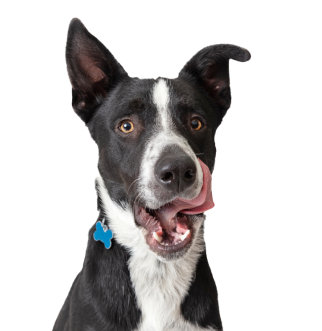
Put your dog on a diet without them knowing
Our low calorie formula helps you control your dog's weight. It's packed with high-quality protein for building lean muscles, and made with purposeful ingredients for a flavorful, nutritious meal. Clinically proven antioxidants, Vitamin C+E, help promote a healthy immune system.
Put your dog on a diet without them knowing
Our low calorie formula helps you control your dog's weight. It's packed with high-quality protein for building lean muscles, and made with purposeful ingredients for a flavorful, nutritious meal. Clinically proven antioxidants, Vitamin C+E, help promote a healthy immune system.

